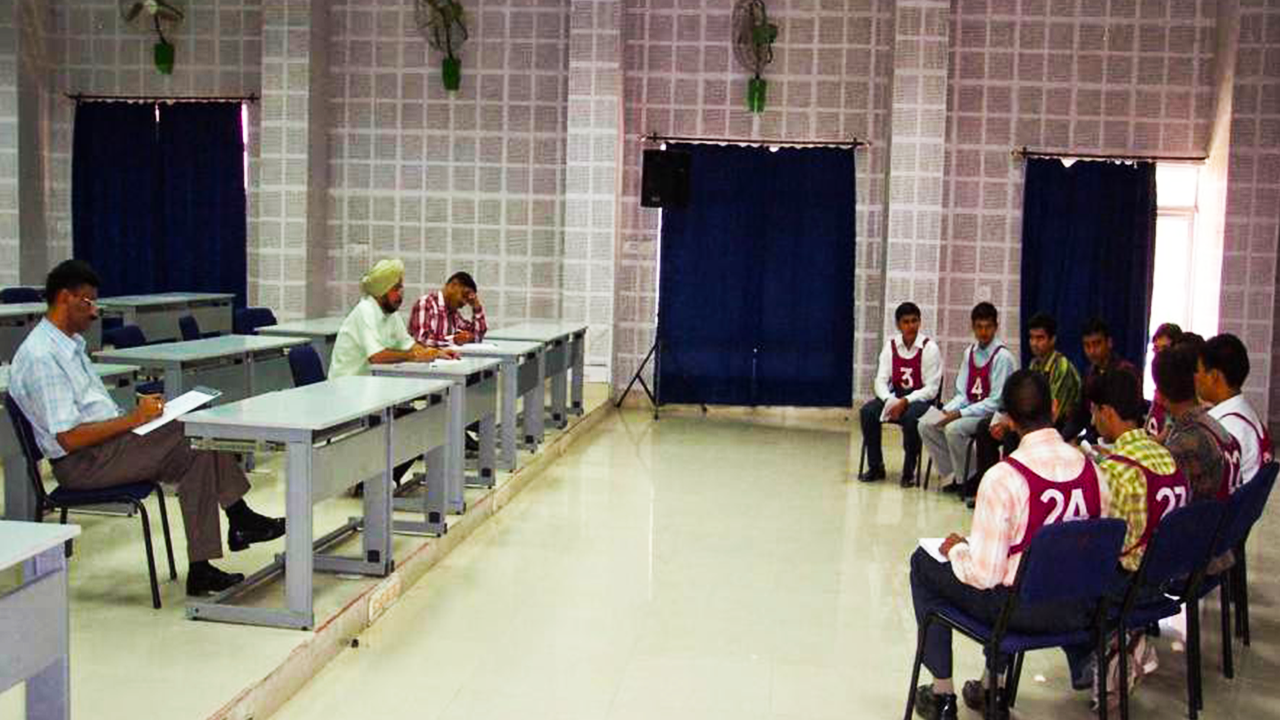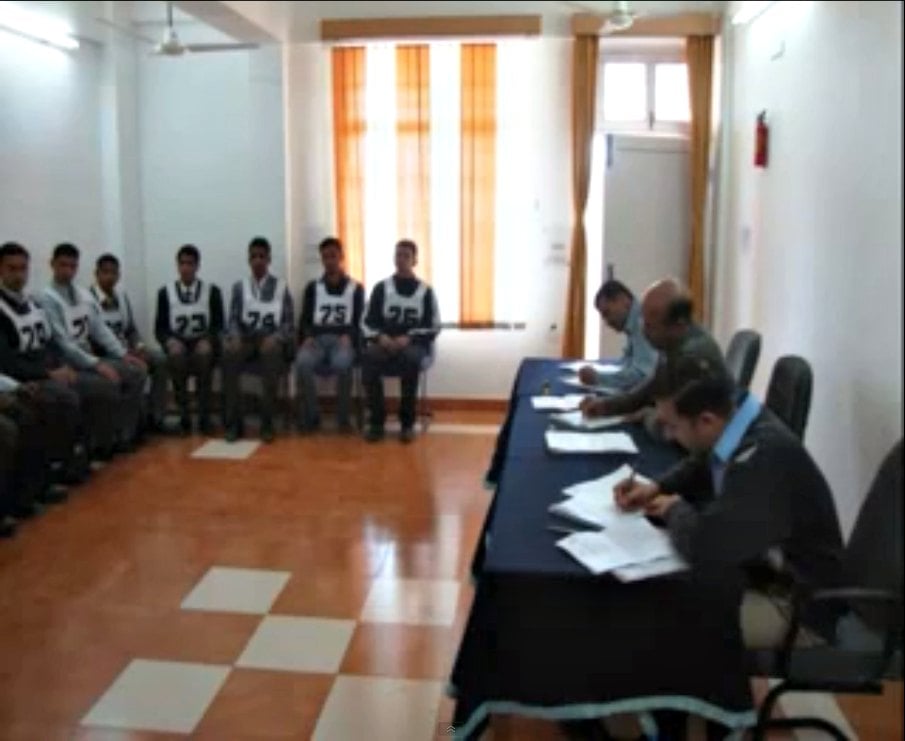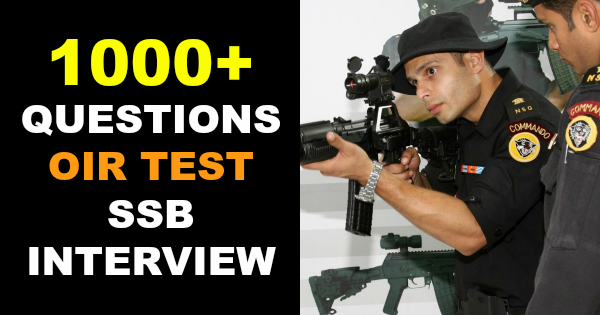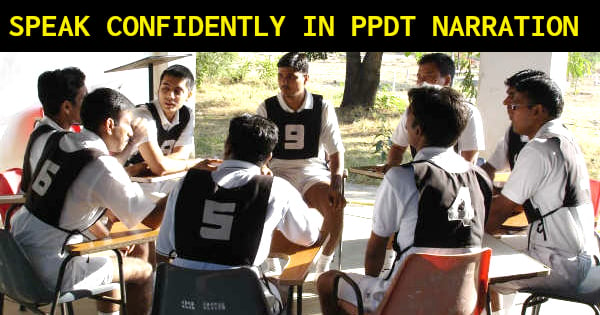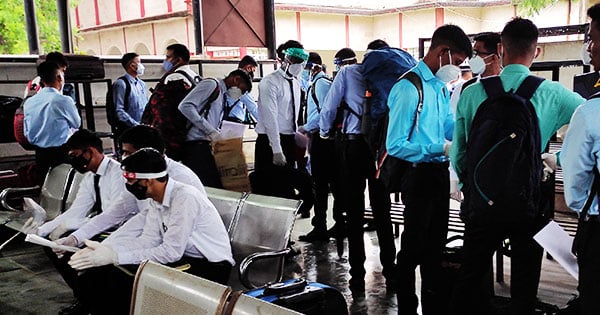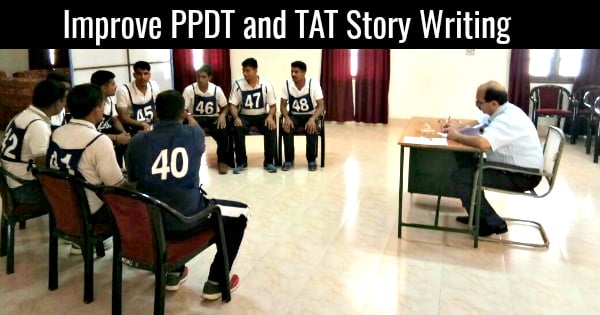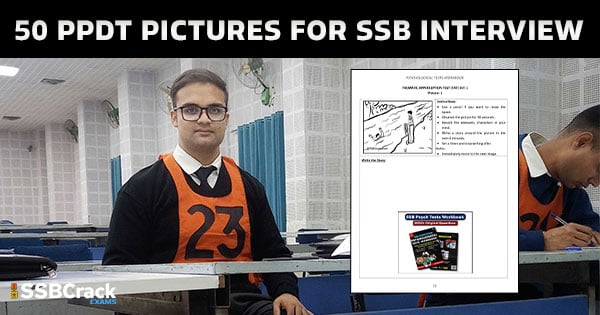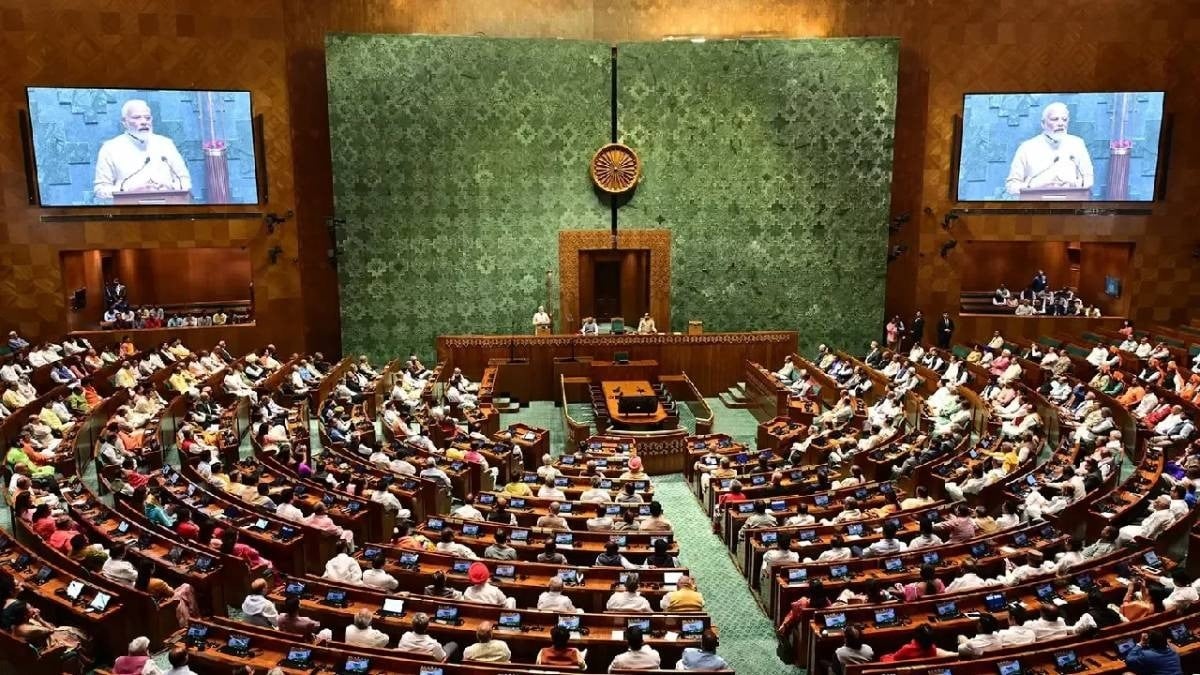Navigating the rigorous selection process of the Services Selection Board (SSB) can be a daunting challenge for aspiring defense officers. Among the various stages of evaluation, the Picture Perception and Discussion Test (PPDT) holds a crucial position, serving as a gateway to the subsequent rounds.
Understanding PPDT: The Basics
PPDT, or the Picture Perception and Discussion Test, is one of the two tests conducted during the first stage of the SSB interview process. Alongside the Officer Intelligence Rating (OIR) test, PPDT plays a significant role in the initial screening of candidates. While the OIR test focuses on verbal and non-verbal reasoning, PPDT is designed to evaluate your perceptual abilities, storytelling skills, and group dynamics.
The PPDT Process: Step-by-Step
The PPDT process consists of three key components: picture perception, story writing, and group discussion. Let’s explore each of these elements in detail.
Picture Perception
During the PPDT, candidates are presented with a picture for a brief period of 30 seconds. This visual stimulus serves as the foundation for the subsequent story writing and group discussion.
Story Writing
After the initial observation period, candidates have 1 minute to note down the key details they have perceived, such as the gender, age, and mood of the characters depicted in the picture. Following this, participants have 4 minutes to craft a compelling story based on the visual cue.
Group Discussion
Once the individual story writing is complete, candidates are divided into groups of 12-14. Each member has the opportunity to narrate their story, leading to a discussion aimed at arriving at a common narrative that encompasses diverse perspectives.
Mastering the PPDT: Strategies and Techniques
To excel in the PPDT, it is essential to develop a comprehensive understanding of the test and hone your skills in several key areas:
Observation and Perception
Effective performance in PPDT begins with the ability to accurately observe and perceive details within the given picture. Train your mind to quickly identify key elements, such as characters, their expressions, and the overall context of the scene.
Storytelling Prowess
Crafting a compelling and coherent story based on the picture is vital. Practice creative writing to develop your narrative skills, focusing on plot development, character portrayal, and emotional resonance.
Group Dynamics and Communication
The group discussion component of PPDT requires strong interpersonal skills, active listening, and the ability to contribute constructively to the collective narrative. Practicing effective communication techniques and learning to navigate group dynamics with poise is crucial.
How to Write a Story in PPDT
This exercise is a part of the psychological assessment in the SSB process, designed to evaluate perception, observation skills, and the ability to construct a coherent narrative based on visual stimuli. Here’s a step-by-step guide to approach this task effectively:
Step 1: Observation (30 seconds)
- Focus on the entire image quickly: Scan the picture holistically to gain an overall sense of the situation, avoiding fixation on any singular aspect.
- Identify characters: Take note of human figures in the image, paying attention to their appearance, gender, age, and emotional expressions (mood).
- Note the setting: Observe the background to understand the context of the scene.
Step 2: Noting Down Details (1 minute)
-
Character Details:
- Gender: Determine if characters are Male (M), Female (F), or Person (P) if gender is unclear.
- Mood: Assess the mood of each character, marking with + for positive, – for negative, and 0 for neutral.
- Age: Estimate the age of each character based on their looks.
- Action Description: Write a concise summary of the action occurring in the scene.
Step 3: Writing the Story (4 minutes)
- Introductory Sentence: Start with a brief introduction that establishes the scene, mentioning the primary character and their situation.
- Main Action: Describe the central event or action in the story, ensuring it aligns with the noted observation.
- Resolution: Conclude with how the situation was resolved, highlighting the outcome.
Example Story:
Rahul, a 25-year-old man, was walking through a park when he noticed an elderly man who had tripped and fallen. The elderly man appeared distressed, and no one seemed to notice him. Rahul rushed to help, and a young woman passing by joined him. Together, they ensured the man was safe and called for medical assistance, illustrating prompt action and human kindness.
Discussion Test: Individual Narration and Group Discussion
Individual Narration:
- Stay Calm and Confident: Recollect the key points of your story. Begin by introducing the main character and setting.
- Be Concise: Focus on the core of your story, emphasizing the action and its significance.
- Maintain Eye Contact: Speak clearly and confidently, avoiding looking at the assessors.
Group Discussion:
- Start with a Summary: If confident, initiate the discussion by summarizing your story.
- Stay Calm in Chaos: If discussions become chaotic, wait for a moment to present your ideas without raising your voice.
- Collaborate, Don’t Compete: Aim to create a common story, merging ideas and suggesting compromises where necessary.
Final Thoughts
Your performance in this exercise reflects how you handle pressure, interact with others, and think on your feet. It is vital to remain observant, articulate, and cooperative. Mastery of the PPDT is not just about the story you tell but also about how you engage with your peers.
PPDT and TAT: Understanding the Differences
It is important to note the distinctions between PPDT and the Thematic Apperception Test (TAT), another assessment utilized during the SSB interview process. PPDT is conducted in the first stage, while TAT occurs in the second. PPDT presents a single picture, whereas TAT comprises a set of 12 pictures. Additionally, while PPDT requires specific character details before story writing, TAT focuses solely on narrative creation.
Preparing for PPDT: Resources and Guidance
To enhance your performance in PPDT, it is beneficial to explore several resources:
- PPDT and TAT eBooks: These comprehensive guides offer sample stories, tips, and strategies for navigating these assessments.
- SSB Interview Preparation Courses: Enroll in online coaching programs that provide in-depth training and feedback on PPDT and other interview stages.
- Practice Regularly: Engage in frequent PPDT and TAT exercises using online platforms to sharpen your skills.
Ultimately, the SSB interview process aims to assess your overall suitability for a career in the defense forces. Mastering the PPDT and utilizing the right resources can significantly advance your aspirations. Embrace the challenge, stay focused, and allow your passion for serving the nation to guide your journey.
